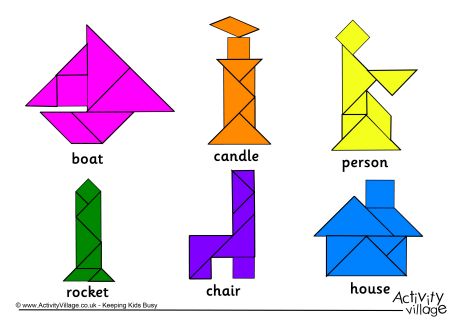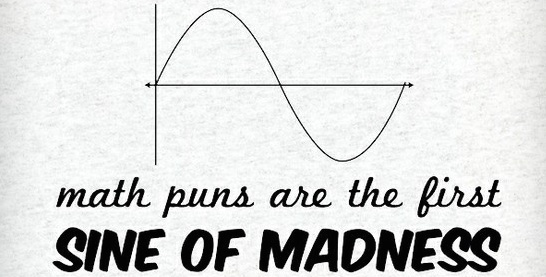Welcome to another weekly blog post from yours truly! Last week in my Math Teaching course, we learned about writing scripts for different parts of our lesson plan. Have you ever had an idea for a lesson activity or assignment, but felt unsure of how it would play out within the classroom? Would your students like the activity? Would it be too challenging or too easy? If it was too challenging, what guiding questions would you ask, in order to provide some clarity and understanding to your students? If it was too easy, how would you extend the activity to accommodate students who excel in this task?
As you look over your lesson plan for the day, you will be able to highlight the areas that you feel a little uncertain about implementing within the classroom. Speaking for myself, I know that I have trouble sleeping at night when I become anxious about not knowing how to handle the unexpected. In order to avoid the anxiety, I plan. I love planning because it gives me a sense of calm knowing that I am prepared for the unexpected. After I plan, I feel like I am ready to take on any challenge that is thrown my way because I have planned for it or something similar. Obviously, you are not able to plan for every single detail within your lesson because life is never that is easy. The beauty of teaching is that learning is spontaneous and each student's thought process and understanding is unique. Therefore, none of our lessons are going to turn out exactly the way we planned them, and that is great! It does make it easier on our nerves though, when we brainstorm possible scenarios that could arise during a particular activity or lesson, in order to create a general plan if students require additional support or extensions.
 A few weeks ago, my partner and I created a math lesson plan that focused on Grade 9 Measurement in an applied level classroom. We designed a math center activity that allowed students to measure composite figures to find perimeter and area in a variety of different ways. One of our math center stations was tangrams (small shapes that make up a larger square). These tangrams can be used to create a number of different figures, such as a chair, boat, rocket, plane, etc.. We chose to have students work with a chair and a boat. They would need to use a ruler to measure the figure, in order to find the area and perimeter of their given composite shape. My partner and I realized that this
A few weeks ago, my partner and I created a math lesson plan that focused on Grade 9 Measurement in an applied level classroom. We designed a math center activity that allowed students to measure composite figures to find perimeter and area in a variety of different ways. One of our math center stations was tangrams (small shapes that make up a larger square). These tangrams can be used to create a number of different figures, such as a chair, boat, rocket, plane, etc.. We chose to have students work with a chair and a boat. They would need to use a ruler to measure the figure, in order to find the area and perimeter of their given composite shape. My partner and I realized that this activity would be the most difficult for students to work with, so we decided to base our script off of this section of our lesson. Below is our script:
 |
| Different Composite Figures made from Tangrams |
*see that group is struggling and has not started*
Teacher: Hey guys, how’s it going?
Students murmur
Teacher: Do you guys know what you are looking for?
Student 1: Not really
Teacher: Okay, let’s look at the question and read it out loud. What is it asking you for?
Student 2: We have to choose one of these shapes
Teacher: Perfect! Which one would you like to choose?
Student 1: I choose the boat!
Student 2: I kind of wanted to do the chair though…
Student 1: But boats are cool
Student 2: But the chair looks smaller
Student 1: I’ll do it if it’s easier
Teacher: Alright so we’re doing the chair. Now what do we need to do with the chair?
Students are silent in thought.
Teacher: Why don’t we look back at the question, and see what we need to do next?
Student 1: It says we need to find perimeter and area
Teacher: Okay. Which one would you like to work on first? Perimeter or area?
Student 2: Let’s do perimeter
Teacher: Alright, what information do we need to find perimeter?
Student 1: We need the side lengths. But there aren’t any lengths given.
Teacher: Well there is something provided at this station to help you measure that.
Student 2 grabs the rulers.
Teacher: Why don’t you guys get started and I’ll be back to check on you after I check on your classmates?
*10 minutes later: Teacher returns to check back on the group after observing the other groups*
Teacher observes that the students have measured all the side lengths of each smaller shape in the tangram and are trying to add them up.
Teacher: Hi guys, how is it going?
Student 1: Much better! We have all the side lengths and now we are adding them together.
Teacher: Alright, well which sides did you include?
Student 2: All of them!
Teacher: Let’s step back from the problem for a second and talk about perimeter. What do you think of when you hear the word perimeter?
Student 1: Well, the perimeter of a property.
Student 2: Or like the perimeter of a room.
Teacher: Then how would you describe perimeter in your own words?
Student 2: Well it’s kind of like when you go around the edge of something
Student 1: Yeah you like measure around a shape.
Teacher: Alright, and back to this activity, what shape did you choose?
Student 1: We chose a chair.
Teacher: Why don’t you guys sketch the chair for me?
Students roughly draw out similar chair outline. Teacher interrupts at this point.
Teacher: Alright, so this is your chair. How would you measure the perimeter of this?
Student 1 gestures around the outer edge: We would sum up these sides.
Student 2: But what about the other sides from the original picture?
Teacher: Well, are they a part of the perimeter you guys just showed me?
Student 2: Well, yes we need all the sides.
Student 1: But they aren’t actually outside sides. Only the ones in this picture are actually the outside edges of the chair.
Student 2: Why are they there then?
Teacher: Well tangrams are just a puzzle game that uses these standard small shapes to make new ones, like the chair and boat pictures. We aren’t using the tangrams right now as a puzzle, instead we are using their shapes to understand composite shapes, which are shapes made up of smaller shapes. So what measurements would you include in your perimeter for the chair?
Student 1 circles the edges of the tangram chair to show that he would measure the outside of the shape.
Student 2 circles the edges of the tangram as well.
Teacher: That’s right. So why don’t you use those sides to solve the perimeter, and then work on finding the total area of the chair?
-End of script-I found that writing a script for this portion of the lesson was really helpful because it allowed me to think of where students would have the most trouble in deciphering what was being asked of them, and the steps that they would take to complete the task. By examining the word choice in the instructions for the activity, it gave me the opportunity to see where students might struggle and construct some guiding questions to provide clarity. I think that I would use this "script writing" method when planning most of my lessons because it made me feel more relaxed and confident in my teaching ability when I was able to put myself in the students' perspective and examine the activity.
I hope you all found this helpful! Enjoy the rest of your day!
Sincerely,
Dayna










